Composition of the medicinal product.
Active ingredient: arginine glutamate;
1 tablet contains arginine glutamate 0.25 g or arginine glutamate (calculated as 100% substance) 0.75 g or 1 g;
excipients: 0.25 g tablet: potato starch, calcium stearate, microcrystalline cellulose;
0.75 g and 1 g tablet: microcrystalline cellulose (MCC 101), crospovidone, calcium stearate.
Dosage form.
Tablets.
Tablets of 0.25 g – white, with a flat surface, a score and a bevel;
tablets of 0.75 g and 1 g – white, oblong, with a biconvex surface, with a score.
Drugs used in liver diseases. Hepatotropic drugs. Arginine glutamate. A05B A01.
Glutargin is a salt of arginine and glutamic acid, which play an important role in ensuring the biochemical processes of neutralization and excretion from the body of a highly toxic metabolite of nitrogenous substances metabolism – ammonia. The hypoammonemic effects of the drug are realized by activating the neutralization of ammonia in the ornithine cycle of urea synthesis, binding ammonia to non-toxic glutamine, as well as enhancing the removal of ammonia from the central nervous system and its excretion from the body. Due to these properties of Glutargin, the general toxic, including neurotoxic, effects of ammonia are reduced.
Glutargin also exhibits a hepatoprotective effect, due to antioxidant, antihypoxic and membrane-stabilizing properties, and has a positive effect on the processes of energy supply in hepatocytes.
In case of alcohol intoxication, Glutargin stimulates the utilization of alcohol in the monooxygenase system of the liver, prevents the inhibition of the key enzyme for ethanol utilization – alcohol dehydrogenase; accelerates the inactivation and excretion of toxic products of ethanol metabolism as a result of increased formation and oxidation of succinic acid; reduces the depressing effect of alcohol on the CNS due to the neurotransmitter properties of the excitatory glutamic acid. Due to these properties, Glutargin exhibits antitoxic and sobering effects.
Glutargin does not exhibit embryotoxic, gonadotoxic, mutagenic and teratogenic effects, does not cause allergic and immunotoxic reactions.
Indications for use.
As part of the complex therapy of acute and chronic hepatitis of various etiologies, including poisoning with hepatotropic poisons (pale toadstool, chemicals and drugs), cirrhosis of the liver, leptospirosis. Hepatic encephalopathy accompanied by hyperammonemia.
Acute alcohol poisoning of mild and moderate severity, hangover syndrome, post-intoxication disorders caused by alcohol intake.
Contraindications.
Relative contraindications are fever, increased excitability, severe disorders of the filtration (nitrogen excretion) function of the kidneys.
Special precautions.
Use during pregnancy or breastfeeding. The safety of clinical use of the drug during pregnancy and breastfeeding has not been studied.
The ability to influence the reaction rate when driving vehicles or working with other mechanisms. Does not affect.
Children. The effectiveness and safety of the drug in children and adolescents have not been studied.
Method of administration and doses.
The drug is prescribed for adults orally.
Hepatitis, hyperammonemia. Assign 3 tablets of 0.25 g (0.75 g) or 1 tablet of 0.75 g 3 times a day for 15 days, regardless of meals. If necessary, the dose of the drug and the course of treatment can be increased to 20 days. The highest single dose is 2 g, the highest daily dose is 8 g
Alcohol poisoning. Assign 4 tablets of 0.25 g (1 g) or 1 tablet of 1 g 4 times a day with intervals of 1-2.5 hours, in the next 2-3 days – 2 tablets of 0.25 g (0.5 g) or? tablets of 1 g 3 times a day. In case of severe alcohol poisoning after a course of treatment with Glutargin injections, Glutargin tablets are prescribed: 3 tablets of 0.25 g (0.75 g) or 1 tablet of 0.75 g 2 times a day, or 1? tablet of 1 g 1 time a day for 20 days. For the prevention of alcohol intoxication – 2 g 60-120 minutes before drinking alcohol.
Overdose.
Symptoms: possible glutamic acid-specific chest pain, atrioventricular block.
Treatment: intravenous corticosteroids.
Side effects.
Occasionally, a feeling of mild discomfort in the gastrointestinal tract and nausea may occur immediately after using the drug, which resolve on their own.
Interaction with other medicinal products and other types of interactions.
The effect of Glutargin on insulin secretion increases with simultaneous use of aminophylline. Glutargin can enhance the effect of antiaggregants (dipyridamole, etc.). Prevents and reduces neurotoxic phenomena that may occur with the use of isoniazid. Weakens the effect of vinblastine.
Expiration date
2 years.
Storage conditions.
Store in a dry, dark place at a temperature not exceeding 25 ° C. Keep out of the reach of children.
Packaging.
Tablets of 0.25 g No. 10×3, No. 10×6 in contour blister packs in a pack;
tablets of 0.75 g No. 10×3, No. 10×5 in contour blister packs in a pack;
tablets of 1 g No. 1×2, No. 10×1 in contour blister packs in a pack.
Release category:
Over-the-counter.


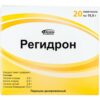

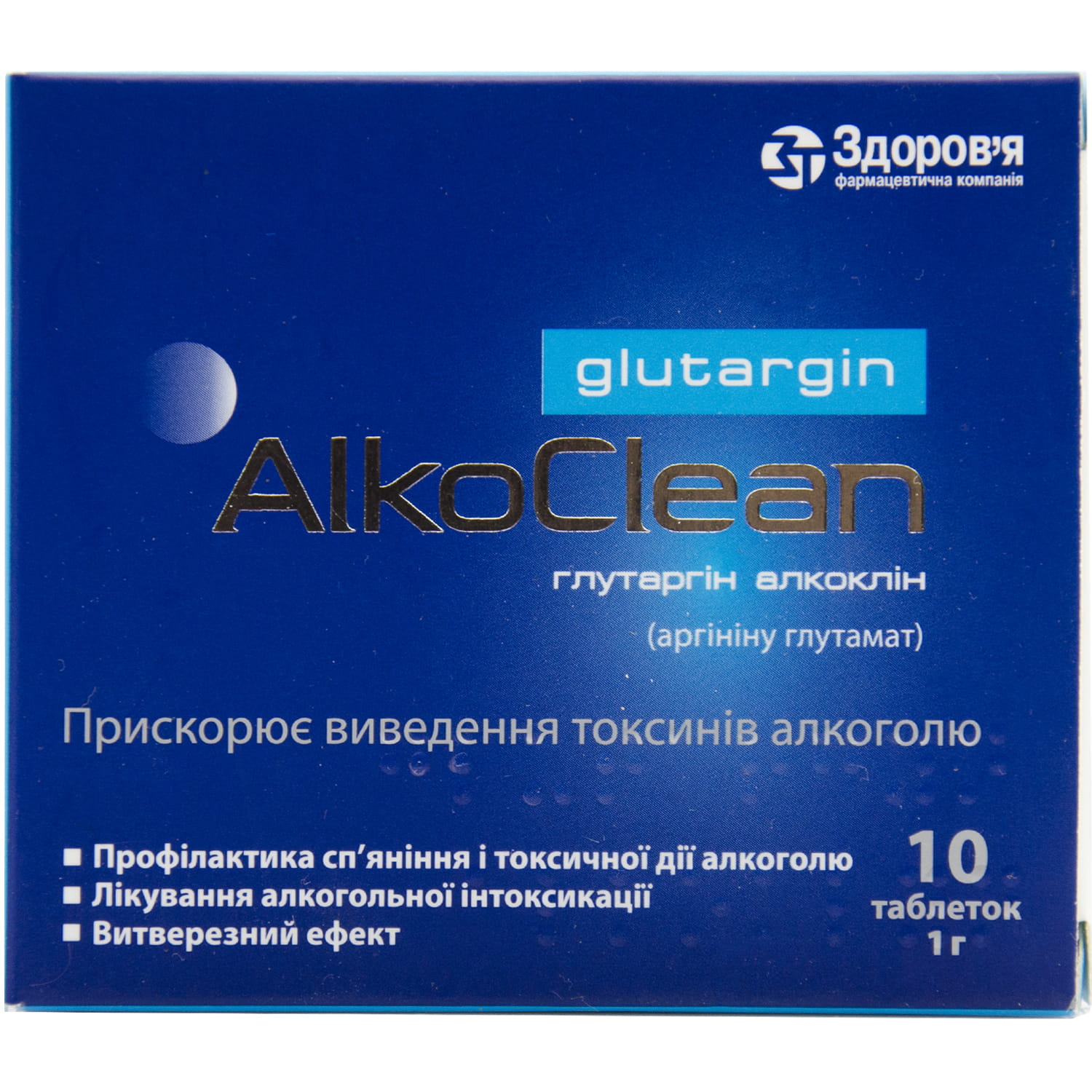
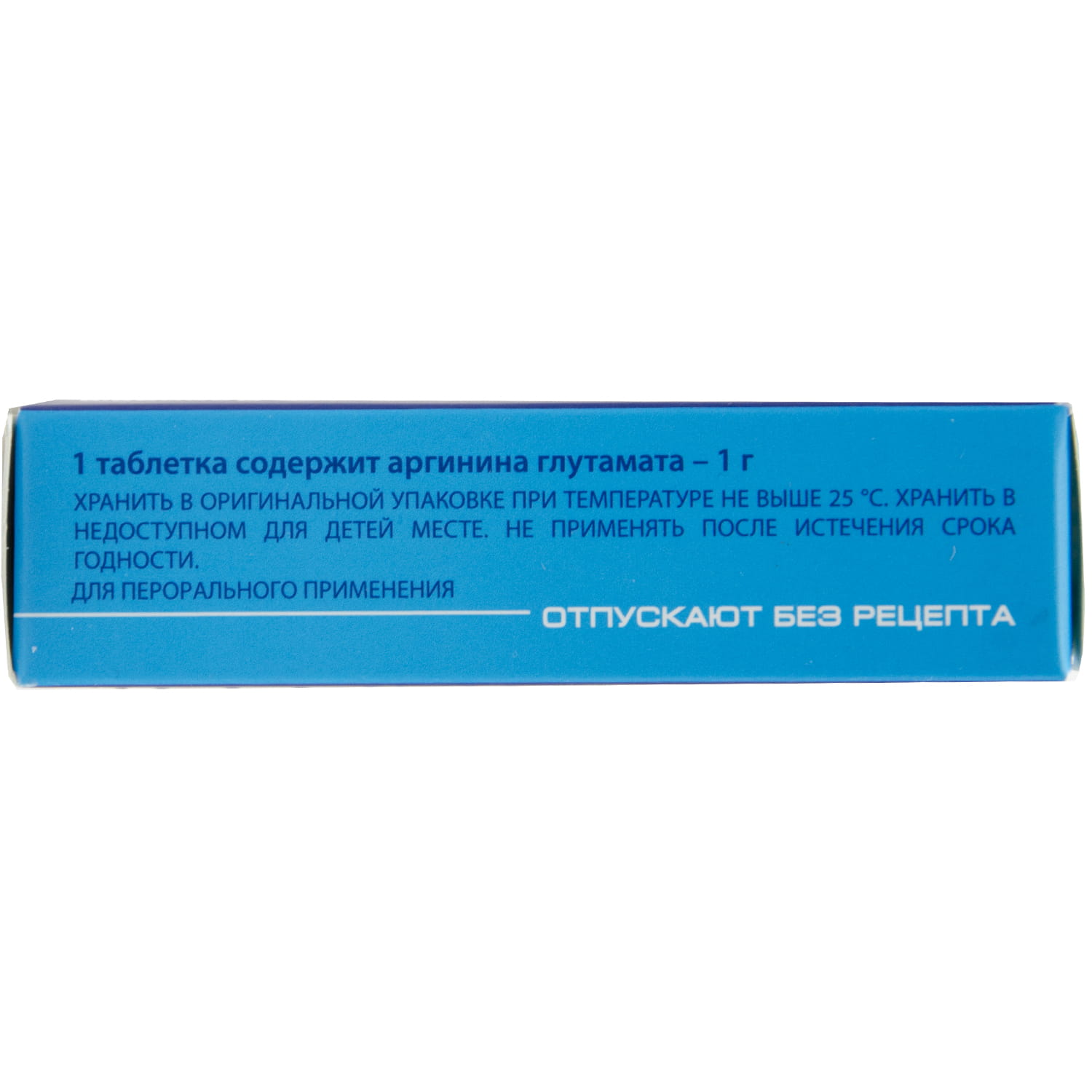

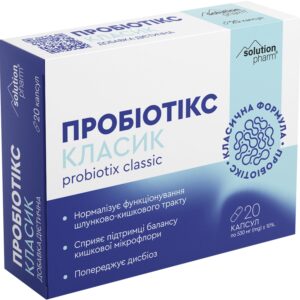
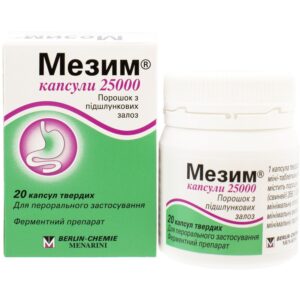
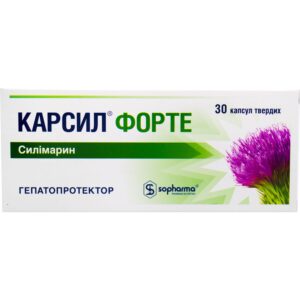
Reviews
There are no reviews yet.